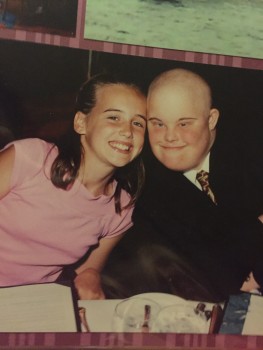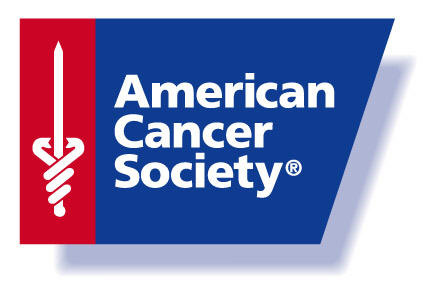A personal journey taken to understand the millions of dollars spent on cancer research
There are a lot of things you picture in your life. Like waking up to the sunrise and finding the love of your life, or even just trekking along the tireless days, just to get through that undeniable Monday morning. You don’t picture it ending, because who wants to fathom the unthinkable? My cousin RJ put up a heroic fight, against Hodgkin’s lymphoma and recently passed away after fighting for countless years.
Now I would like to put this in practical terms.
You’re sitting in line at Trader Joe’s, wanting to get home to open your favorite box of seasonal pumpkin spice truffles, but before you can do that you must pay, and then you’re asked if you want to donate $1, $5, or $10 to St. Jude’s Hospital for Cancer Research. The attendant tells you your name will be written on a gold star, so then you almost feel obligated to donate just $1, because you can go without your Starbucks iced coffee for a day right?
After spending that $1, and going without that iced coffee, I began to question where that $1 really goes. And here is what I found.
- Program Services vs. Support Services: 74% of the money that you donate goes to program services, which include cancer research, patient support, prevention information and education and detection and treatment. The other 26% is used for support services, which include management, general and fundraising expenses
- It helps people stay well: The money donated includes helping everyone stay healthy. The Cancer Prevention Study helps others better understand what causes cancer and how it can be prevented. The Nutrition and Physical Activity Guidelines explain how weight, nutrition and activity are affected by cancer. It helps provide thousands of screenings for under served communities.
- It helps people get well: It provides free lodging at Hope Lodge facilities for 44,000 patients. The Cancer Information Specialists provide free information for nearly 800,000 callers and 61 million people came to cancer.org for health related information in 2014.
- It helps find a cure: 47 fundraiser researchers have won the Noble Prize. Cancer Facts and Figures publications show the most current trends in cancer, survival prevention, early detection and treatment. $144 million is spent on research and health professional training.

- It gives patients a reason to fight back: Lawmakers are encouraged to make cancer a top national priority. Relay For Life is the world’s largest movement to end cancer. And in 2014, Making Strides against Breast Cancer walks turned awareness into action and has raised over $60 million.
So now when I donate my $1, after getting my pumpkin spice truffles at Trader Joe’s I will know the difference $1 can make.






